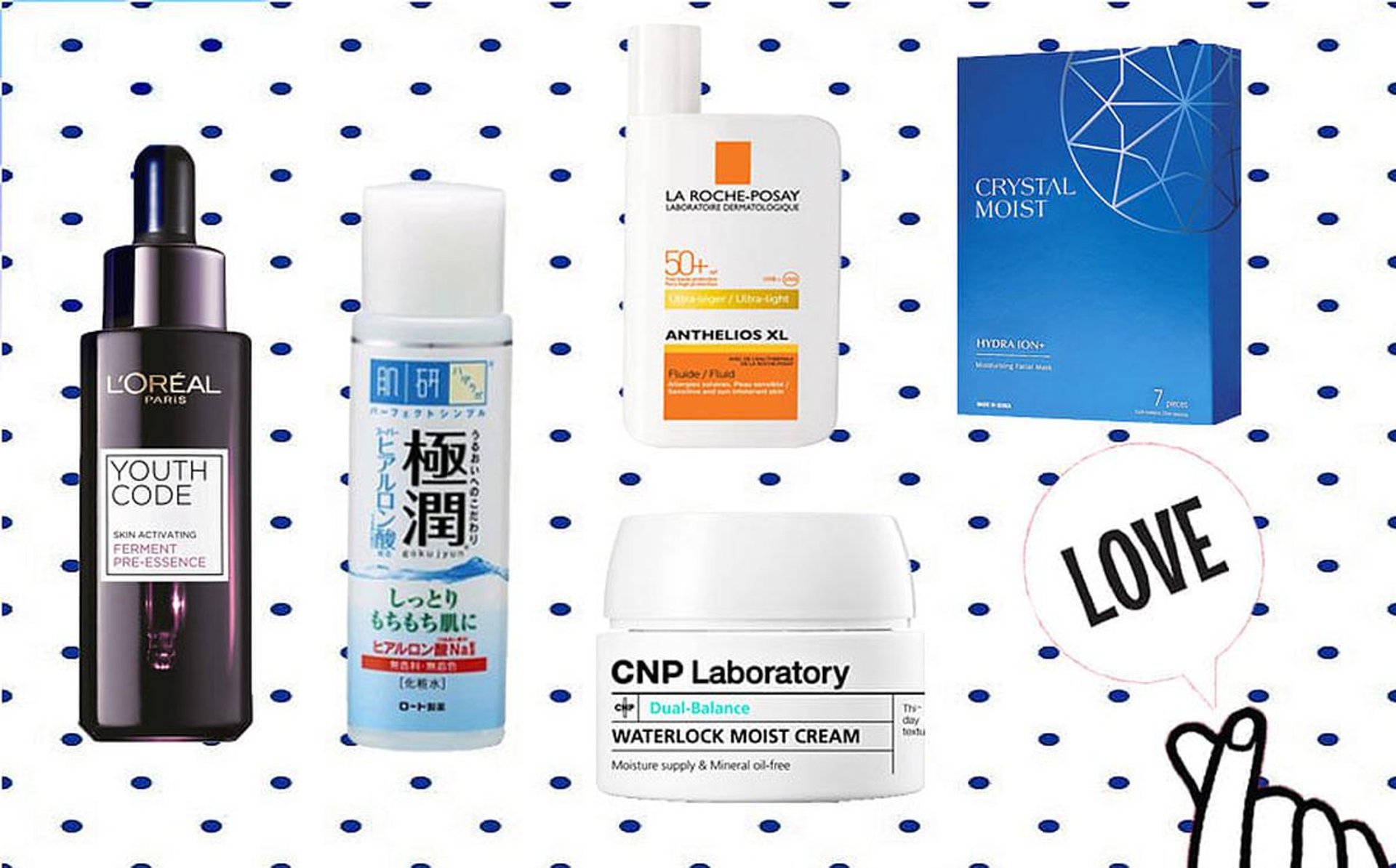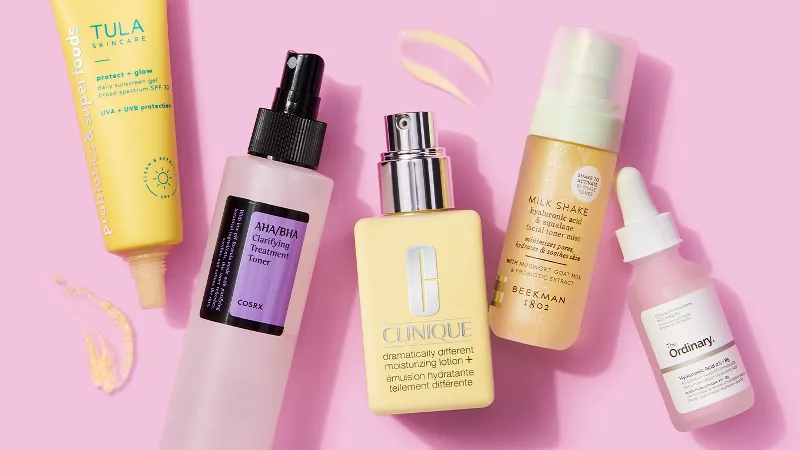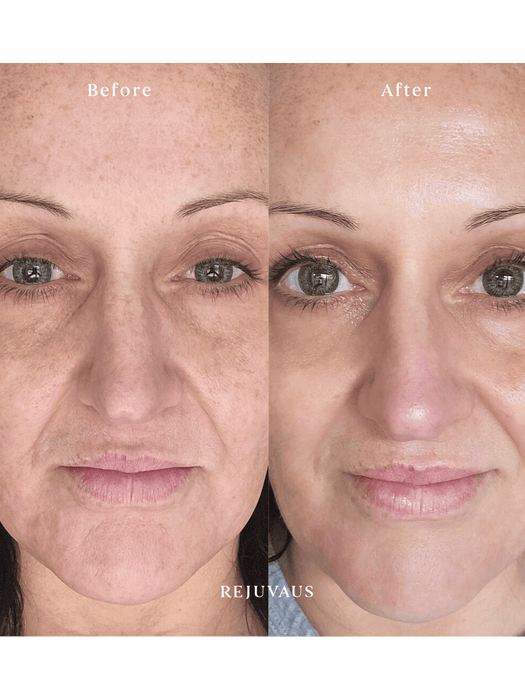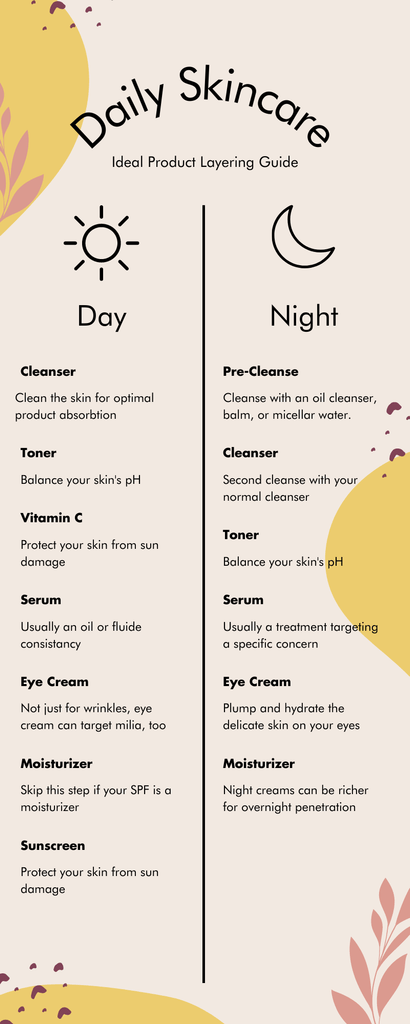Are you ready to transform your skin and feel confident every day? A 10 step skincare routine might sound overwhelming, but it’s the secret to glowing, healthy skin.
Imagine waking up to a fresh, radiant face that looks and feels amazing. This simple guide will walk you through each step, making it easy to follow and fit into your daily life. Stick with me, and by the end, you’ll have all the tools you need to build a routine that works perfectly for you.
Let’s get started and give your skin the care it deserves!
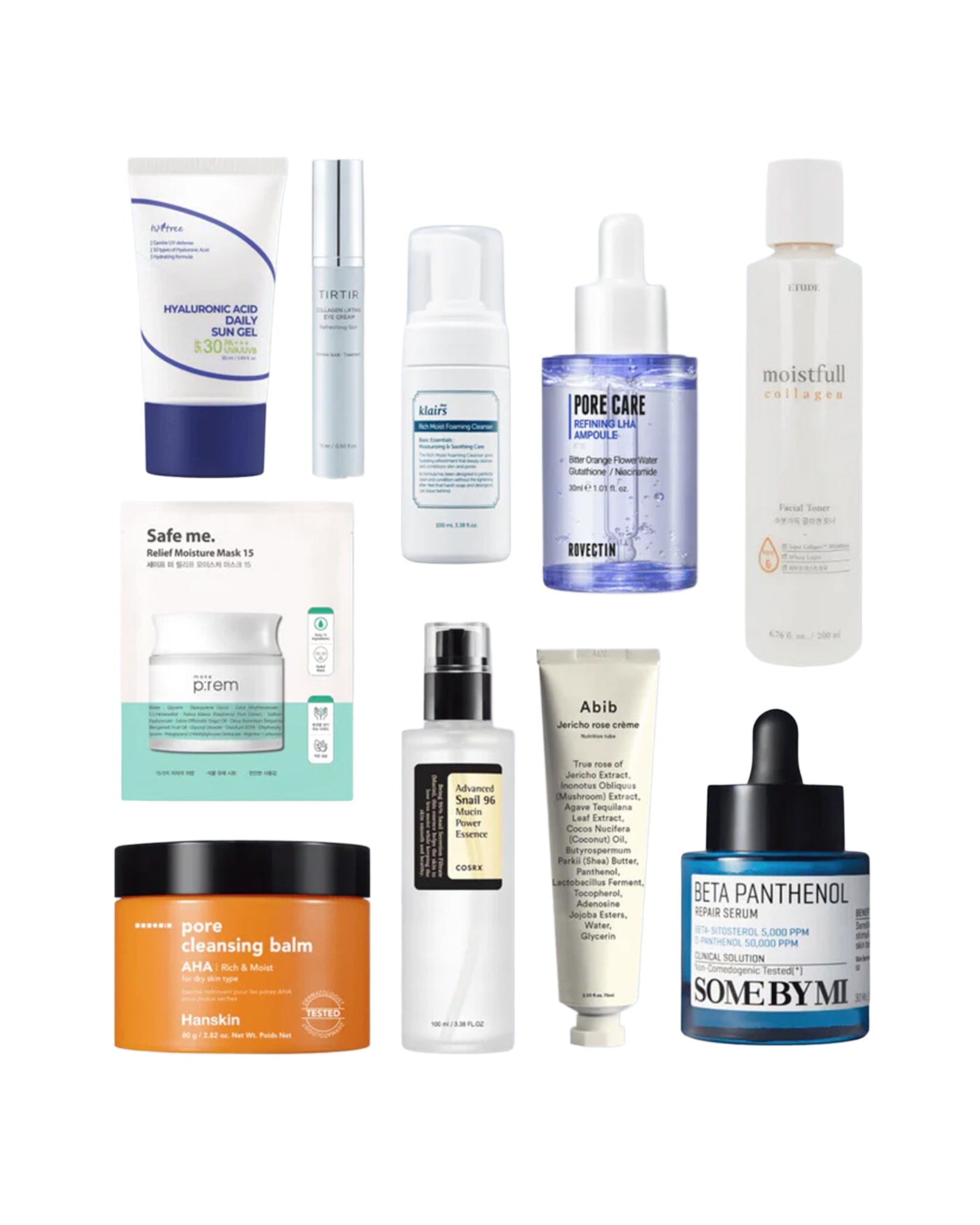
Credit: sokoglam.com
Cleanse Your Face
Cleansing your face is the foundation of any effective skincare routine. It removes dirt, oil, and impurities that accumulate throughout the day. Skipping this essential step can block your pores and dull your complexion.
Choosing The Right Cleanser
Your skin type determines the best cleanser for you. If you have oily skin, look for foaming or gel cleansers that control excess oil without stripping moisture. Dry skin benefits from cream or lotion-based cleansers that hydrate while cleansing.
Consider sensitive skin as well. Gentle, fragrance-free cleansers with soothing ingredients like aloe vera or chamomile reduce irritation. Have you ever chosen a cleanser that left your skin tight or itchy? That’s a sign to switch to something milder.
Proper Cleansing Techniques
Use lukewarm water to open pores and activate your cleanser, but avoid hot water that can dry out your skin. Apply the cleanser with your fingertips, using gentle circular motions for about 30 seconds. This helps lift dirt without damaging your skin.
Rinse thoroughly and pat your face dry with a clean towel. Avoid rubbing, as it can cause redness. Do you take the time to cleanse twice daily? Morning and night cleansing sets a clean canvas for the rest of your skincare products to work effectively.
Exfoliate Regularly
Exfoliating regularly is key to keeping your skin fresh and radiant. It removes dead skin cells that clog pores and make your complexion look dull. Plus, it helps your other skincare products work better by allowing them to penetrate deeper.
Types Of Exfoliants
You have two main choices when it comes to exfoliants: physical and chemical. Physical exfoliants use tiny grains or brushes to scrub away dead skin. Think of scrubs with sugar or microbeads, or cleansing brushes.
Chemical exfoliants use acids or enzymes to dissolve dead skin cells without scrubbing. Ingredients like alpha hydroxy acids (AHAs), beta hydroxy acids (BHAs), and enzymes from fruits are popular examples. These are often gentler and better for sensitive skin.
- Physical exfoliants:sugar scrubs, jojoba beads, cleansing brushes
- Chemical exfoliants:glycolic acid, salicylic acid, lactic acid, fruit enzymes
How Often To Exfoliate
Exfoliating too often can irritate your skin, while too little might not give results. Most people benefit from exfoliating 1 to 3 times a week depending on skin type. If you have dry or sensitive skin, start with once a week and see how your skin reacts.
Oily or acne-prone skin can usually handle more frequent exfoliation, but listen to your skin’s signals. Redness, itching, or flaking means you’re overdoing it. How does your skin feel after exfoliating? Adjust the frequency based on that.
Tone Your Skin
Toning your skin is a key step in any skincare routine. It helps prepare your skin for better absorption of moisturizers and serums. Toners refresh your skin and remove leftover dirt and oil after cleansing. This step balances the skin’s pH and tightens pores, giving your face a smooth feel.
Benefits Of Toners
- Removes residue and impurities left after cleansing
- Balances the skin’s natural pH level
- Tightens and minimizes the appearance of pores
- Prepares skin to absorb moisturizers and treatments
- Soothes and calms irritated or sensitive skin
- Controls excess oil production
Selecting A Suitable Toner
Choose a toner based on your skin type and concerns. For oily or acne-prone skin, use a toner with ingredients that reduce oil and fight bacteria.
Dry or sensitive skin benefits from gentle, alcohol-free toners with hydrating ingredients. Look for soothing components like aloe vera or chamomile.
Normal and combination skin types can use mild toners that balance oil and moisture.
Check labels to avoid harsh chemicals and strong fragrances that irritate the skin.
Apply Serum
Applying serum is a crucial step in your skincare routine that delivers concentrated ingredients deep into your skin. Unlike moisturizers, serums have a lightweight texture and are packed with active compounds designed to target specific skin issues. Using the right serum can enhance your skin’s health and appearance dramatically.
Popular Serum Ingredients
Choosing a serum can feel overwhelming because of the many ingredients available. Here are some popular ones you might recognize:
- Vitamin C:Brightens skin and fades dark spots.
- Hyaluronic Acid:Hydrates by holding moisture in the skin.
- Retinol:Boosts cell turnover and reduces fine lines.
- Niacinamide:Calms redness and minimizes pores.
- Peptides:Support collagen production for firmer skin.
Which ingredients have you noticed make a visible difference in your skin? Sometimes a small change in serum formula can lead to big improvements.
Targeting Specific Skin Concerns
Serums allow you to focus directly on your skin’s needs. If you struggle with dullness, a vitamin C serum can add radiance. For dry skin, hyaluronic acid serums provide deep hydration without feeling heavy.
Acne-prone skin benefits from niacinamide, which reduces inflammation and controls oil. If aging signs like wrinkles and sagging concern you, retinol or peptide serums can be game-changers. It’s helpful to ask yourself: what’s the one skin issue you want to fix first?
Remember, layering serums is possible but keep it simple to avoid irritation. Apply serum on clean, slightly damp skin to maximize absorption. This step can feel like a small addition, but it often makes the biggest difference in your skin’s overall health and glow.
Use Eye Cream
Using an eye cream is a crucial part of your 10-step skincare routine. The delicate skin around your eyes needs special care because it is thinner and more prone to dryness, puffiness, and dark circles. Adding an eye cream can help keep this area hydrated and refreshed, giving you a more awake and youthful appearance.
Reducing Puffiness And Dark Circles
Puffiness and dark circles can make you look tired even after a good night’s sleep. Eye creams often contain ingredients like caffeine, vitamin C, and peptides that target these issues directly.
Caffeine tightens blood vessels and reduces swelling, while vitamin C brightens the under-eye area by fading dark pigmentation. Peptides support collagen production, which strengthens the skin and reduces the appearance of dark circles over time.
Have you noticed certain eye creams working better for you? Finding the right one might take some trial and error, but the benefits are worth it.
Application Tips
- Use your ring finger to apply eye cream gently; it applies the least pressure.
- Dot the cream around your orbital bone, avoiding the eyelid unless the product specifies it is safe.
- Pat the cream lightly instead of rubbing to prevent stretching the delicate skin.
- Apply eye cream twice daily—morning and night—for consistent results.
- Allow the cream to absorb fully before applying makeup or other products.
Applying eye cream correctly can make a big difference. If you’ve rushed this step before, try slowing down and treating your eyes with care. You might be surprised how much smoother and brighter your eyes look after a few weeks.

Credit: www.ooshtush.com
Moisturize Daily
Moisturizing daily is key to healthy, glowing skin. It keeps your skin soft and hydrated. Without moisture, skin can feel dry, tight, or flaky. A good moisturizer helps lock in water and protects your skin barrier. This step supports all other parts of your skincare routine.
Choosing Moisturizers For Your Skin Type
Pick a moisturizer that fits your skin’s needs. Oily skin needs lightweight, oil-free creams or gels. Dry skin benefits from rich, creamy moisturizers with nourishing oils. Sensitive skin requires gentle, fragrance-free formulas. Combination skin works well with balanced moisturizers that hydrate without clogging pores.
- Oily skin:Gel-based or water-based moisturizers
- Dry skin:Creams with hyaluronic acid or ceramides
- Sensitive skin:Products with calming ingredients like aloe or chamomile
- Combination skin:Lightweight lotions focusing on hydration
Day Vs. Night Moisturizers
Day moisturizers are lighter and often include SPF for sun protection. They prepare your skin for makeup and environmental stress. Night moisturizers tend to be richer and focus on repair. They support skin regeneration while you sleep. Using the right moisturizer at the right time improves your skin’s health and appearance.
Protect With Sunscreen
Sunscreen is the final and most crucial step in your 10-step skincare routine. It acts as a shield that protects your skin from harmful UV rays that can cause premature aging, sunburn, and even skin cancer. Without proper sun protection, all the effort you put into cleansing, exfoliating, and moisturizing could be undone in moments under the sun.
Importance Of Sun Protection
Sun exposure damages your skin on a cellular level, leading to wrinkles, dark spots, and loss of elasticity. Do you know that 80% of visible skin aging is caused by the sun? This makes sunscreen not just a daily habit but a necessary one.
It’s easy to overlook on cloudy days or when you stay indoors, but UV rays can penetrate windows and clouds. Protecting your skin every day reduces your risk of skin cancer and keeps your complexion looking youthful and healthy.
Applying Sunscreen Correctly
Many people don’t use enough sunscreen or forget to reapply it. To get the full benefit, apply about a teaspoon of sunscreen on your face alone. Don’t miss your neck, ears, and any exposed skin.
Apply sunscreen 15 minutes before going outside to allow it to absorb properly. If you’re sweating or swimming, reapply every two hours to maintain protection. Remember, layering your skincare with sunscreen is the best way to keep your skin safe and radiant.

Credit: colairbeautylounge.com
Incorporate Face Masks
Adding face masks to your skincare routine can give your skin a powerful boost. Masks target specific concerns, whether it’s hydration, exfoliation, or calming irritation. They offer a quick, effective way to refresh your complexion and enhance your overall skincare results.
Types Of Masks For Different Skin Needs
Choosing the right mask depends on what your skin needs most.
- Hydrating Masks:Ideal for dry or dehydrated skin. Look for ingredients like hyaluronic acid and aloe vera to lock in moisture.
- Clay Masks:Perfect for oily or acne-prone skin. They help absorb excess oil and clear out pores.
- Exfoliating Masks:Contain acids like glycolic or lactic acid to gently remove dead skin cells and brighten dull skin.
- Soothing Masks:Great for sensitive or irritated skin. Ingredients like chamomile and calendula calm redness and inflammation.
Think about what your skin feels like daily. Is it tight, oily, or sensitive? That will guide you to the best mask choice.
Frequency Of Use
How often you use a face mask matters just as much as which one you pick.
Most hydrating and soothing masks can be used 2-3 times a week. Clay and exfoliating masks usually work best once a week to avoid over-drying or irritating your skin.
Listen to your skin’s response. If it feels dry or irritated after a mask, reduce the frequency. What changes do you notice after adding a mask to your routine?
Hydrate From Within
Hydrating your skin is not just about applying creams and serums. True hydration starts from inside your body. Drinking enough water and eating the right foods help keep your skin healthy and glowing. This step supports your entire skincare routine by nourishing your skin deeply.
Importance Of Water Intake
Water keeps your skin cells healthy and plump. It helps flush out toxins that can cause dull skin. Drinking at least eight glasses of water daily supports skin elasticity. Proper hydration reduces dryness and fine lines. Water also aids in healing and skin repair. It helps maintain your skin’s natural barrier against irritants.
Foods That Boost Skin Health
Certain foods provide essential nutrients for glowing skin. Include these in your diet for better hydration and skin repair:
- Fruits like watermelon and oranges, high in water and vitamins
- Leafy greens such as spinach and kale, rich in antioxidants
- Nuts and seeds, good sources of healthy fats
- Fatty fish like salmon, full of omega-3 fatty acids
- Yogurt and fermented foods, promoting gut health
Eating these foods supports skin hydration and reduces inflammation. They work together with water intake to keep your skin smooth and radiant.
Maintain A Healthy Lifestyle
Maintaining a healthy lifestyle plays a crucial role in enhancing your skin’s natural glow. Daily habits outside of your skincare routine impact skin health deeply. Nourishing your body and mind helps your skin stay vibrant and youthful. A balanced lifestyle supports the work done by your skincare products. Here are key lifestyle factors that support skin repair and stress relief.
Sleep And Skin Repair
Sleep allows your skin to repair and regenerate. During deep sleep, blood flow to the skin increases. This process helps rebuild collagen and repair damage from UV rays and pollution. Poor sleep can cause dull skin and dark circles. Aim for 7-9 hours of quality sleep each night. Create a relaxing bedtime routine to improve sleep quality. A consistent sleep schedule also keeps your skin looking fresh and healthy.
Stress Management Techniques
Stress affects skin by triggering inflammation and breakouts. Managing stress helps reduce these skin problems. Simple techniques can calm your mind and improve skin health:
- Practice deep breathing exercises daily.
- Try meditation or mindfulness to relax your thoughts.
- Take short breaks during work to stretch and breathe.
- Engage in physical activities like walking or yoga.
- Spend time outdoors to boost mood and reduce stress.
Lower stress leads to clearer, brighter skin. Make stress management part of your daily routine for better skin results.
Frequently Asked Questions
What Is The Best Order For A 10 Step Skincare Routine?
Start with cleansing, then exfoliating, followed by toning, essence, serum, ampoule, sheet mask, eye cream, moisturizer, and sunscreen. This order ensures maximum absorption and effectiveness of each product.
How Long Should A 10 Step Skincare Routine Take Daily?
A 10 step skincare routine typically takes 15 to 30 minutes. Consistency is key, so allocate enough time without rushing to achieve best results.
Can A 10 Step Skincare Routine Work For All Skin Types?
Yes, the routine can be customized for all skin types. Choose products tailored to your skin’s needs, such as hydrating or oil-free formulas.
Is It Necessary To Follow All 10 Steps Every Day?
Not always. Some steps like exfoliation and masks can be done 2-3 times weekly. Daily steps include cleansing, toning, moisturizing, and sunscreen.
Conclusion
Achieving healthy skin doesn’t have to be complicated. Follow these 10 steps daily. Cleanse, tone, and moisturize with care. Use sunscreen to protect. Choose products that suit your skin type. Consistency is key. Listen to your skin’s needs. Stay hydrated and eat well.
This routine helps maintain a natural glow. Your skin will thank you. Remember, patience brings results. Start today and enjoy healthier skin tomorrow.
